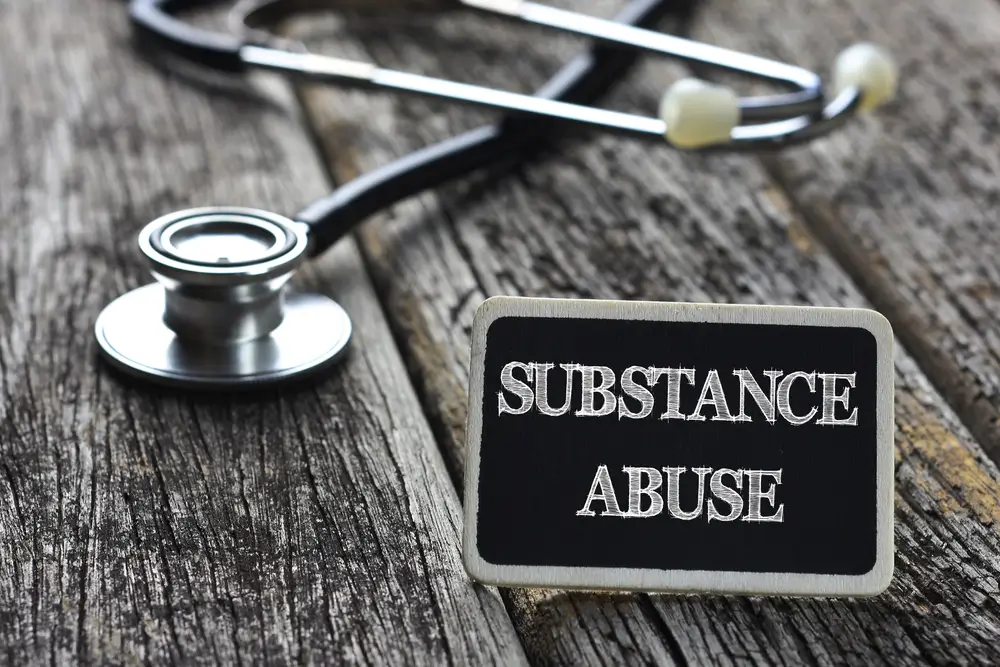Drug abuse in the workplace is not only an individual problem but a business problem. What do you do when a reliable worker begins to be late, miss deadlines, or behave uncharacteristically? Is it the underlying reason for substance misuse? As a business owner, HR professional or team lead, it may feel like a tightrope when dealing with addiction. You need to take care of your employees, defend your workplace, and remain legal. So how do you start?
Let us simplify it: what are the warning signs, how to address the concerns, and how to establish a workplace culture that encourages support and recovery.
The reason why Workplace Substance Abuse is worth attention
The National Safety Council reports that over 70 percent of individuals with substance use disorders are working, which means that addiction is not an isolated problem behind closed doors but is in your offices, job sites, and even remote working areas.

The economic cost is overwhelming: untreated substance use disorders cost employers in the United States more than 81 billion dollars each year in lost productivity, absenteeism, health care, and turnover.
The expenses are not only financial. Addiction may result in:
- More accidents at the workplace
- Poor relationships between employees
- Loss of morale
- High turnovers
- Company reputation at risk
Identification of the Signs: Is It an Addiction or Not?
Substance misuse does not always shout out loud. In other cases, it results in slight alterations in behavior or performance.

The typical symptoms to be on the lookout are:
- Being absent, or late without a serious reason
- Major declines in productivity
- Swings in mood or abnormal violence
- Sudden accidents or close calls.
- Loneliness with colleagues
- Arguments or fights with peers or with authorities
It is necessary to mention that such behaviors may also be caused by stress burnout or mental disorders. Never be hasty and make assumptions.
Engage and educate the team.
Education is the first step in creating a drug-free workplace. Are your workers well aware of your company policy on substance abuse? SAMHSA asserts that one of the best approaches to preventing substance misuse is a well-established drug-free workplace policy, which is accompanied by substance abuse education of the employees and training of the supervisors.

Moreover, providing the employees with the opportunity to access Employee Assistance Programs (EAPs) enables the employees to obtain confidential consultation, evaluation, and referrals without the fear of being judged or losing their jobs. Raising awareness of availability of such resources and their utilization will contribute to a healthy and proactive culture in the workplace that is concerned with health, safety, and the long-term well-being of employees.
Strengthen clear guidelines
A written substance abuse policy in every organization should include:

- Definitions of substance misuse
- Testing and screening procedures
- Actions taken to solve problems or accidents
- Resources that support the staff
- Penalties for policy breaches
The UK Health and Safety Executive (HSE) notes that involving your staff in the policy making process enhances awareness and buy-in. This also makes sure that the policies are sensitive to the realities and challenges in your workplace or industry.
How and when to intervene with an Employee
What do you do when you suspect that a person is intoxicated at work?

- Write it all down – Note any behavioral changes and performance problems or complaints of coworkers.
- Do not make assumptions – You are not making an addiction diagnosis. Concentrate on job behaviors.
- Involve HR or EAP-Refer the employees to trained professionals who can evaluate the situation adequately.
- Be supportive, not punitive- Most employees are afraid of losing their jobs and thus they do not seek help. Make them feel that there is someone to help and that they can recover.
According to a survey conducted by the National Safety Council, 75 percent of employers have noted that the use of opioids has affected their workplace in one way or the other. However, only 17 percent are confident to deal with it.
Why not stigmatize?
Stigma may be as bad as addiction itself. Employees are likely to forego the assistance in case they think it would cause embarrassment, judgment, or loss of their jobs.

How are you going to do this?
- Tell recovery stories (with permission)
- De-stigmatize therapy and counseling
- Educate managers on compassionate leadership
- Prioritize stress and work-life management
Who is the Most Affected by High-Risk Industries?
Substance misuse is universal, but certain industries experience more use disorders because of stressors that are specific to the industry, excessive working hours, or cultural practices:

- Mining and construction
- Foodservice and hospitality
- Transportation (e.g. truck drivers)
- Manufacturing and farming
Research indicates that younger male workers and those who work in male-dominated settings are more at risk, particularly where there is a culture of drinking after work or work overload is accepted.
Conclusion
Substance abuse in the workplace is not just about damage control, it is about a resilient, supportive, and high-performing environment. Employers need to question themselves whether their employees feel comfortable in seeking assistance, whether their policies are transparent and reasonable, and whether they are doing enough to avoid stress and burnout.
In case the answer to any of these questions is no, then it is time to act. Employee well-being is not only good morale and productivity; it can change someone’s life. An active strategy will make sure that your working environment promotes recovery, limits risks, and promotes a healthy and trusting culture.



